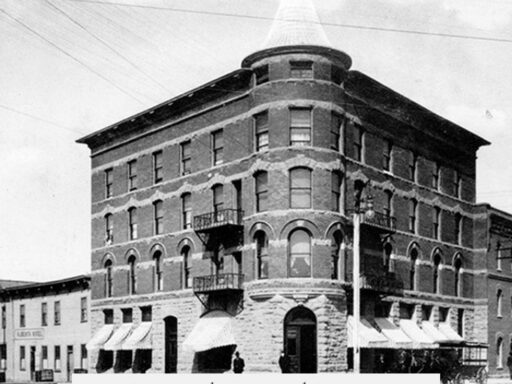Yes, a significant number of troops were left behind on the beaches of Dunkirk during the evacuation in 1940. Around 30,000 to 40,000 French soldiers remained and were forced to surrender to German forces, as they arrived too late or could not be evacuated due to insufficient naval capacity and poor final evacuation planning.
While the evacuation is famously remembered for rescuing over 338,000 Allied troops, this operation primarily focused on British forces. The last British troops acted as a rearguard, holding the line under fierce German attacks until June 1, before withdrawing to the beaches and leaving during the night of June 2-3.
Many French soldiers on the beaches survived until the final evacuation stage on June 3-4. However, planning for this last rescue fell short. The Royal Navy underestimated the size of the remaining forces, especially the French rearguard. Their ships could not accommodate all evacuees. As the Germans neared and shelling intensified, orders were given for troops to abandon their positions by early June 4.
The actual evacuation on June 3-4 rescued around 26,175 men. Yet, numerous soldiers remained trapped without ships to ferry them to safety. Many remained crowded on the quays, awaiting rescue that never came. Despite some chances to hold defensive lines longer and signal for further evacuation, the final rearguard eventually succumbed to capture.
The fate of those left behind is a somber chapter in the Dunkirk story. Many captured soldiers spent five years as prisoners of war in German camps, as depicted in works like Sean Longden’s “Dunkirk: The Men They Left Behind.” These men often received less recognition since they did not participate further in the fighting or earn medals. Their ordeal remains a less-discussed aspect amid the broader narrative of the evacuation’s success.
| Key Facts | Details |
|---|---|
| French Soldiers Captured | 30,000-40,000 surrendered at Dunkirk harbor |
| British Rearguard | Evacuated during June 2-3 after fighting delaying Germans |
| Final Evacuation | June 3-4 rescued 26,175 troops; poor planning led to many left behind |
| Long-term Impact | Captured men spent years in POW camps, little recognition post-war |
- Several tens of thousands of French troops were left behind and captured at Dunkirk.
- The British rearguard evacuated successfully but French troops faced greater challenges.
- Final evacuation efforts lacked adequate resources, resulting in many stranded soldiers.
- The experience of captured soldiers forms a difficult part of Dunkirk’s history often overlooked.
Was Anyone Left Behind on the Beaches of Dunkirk?
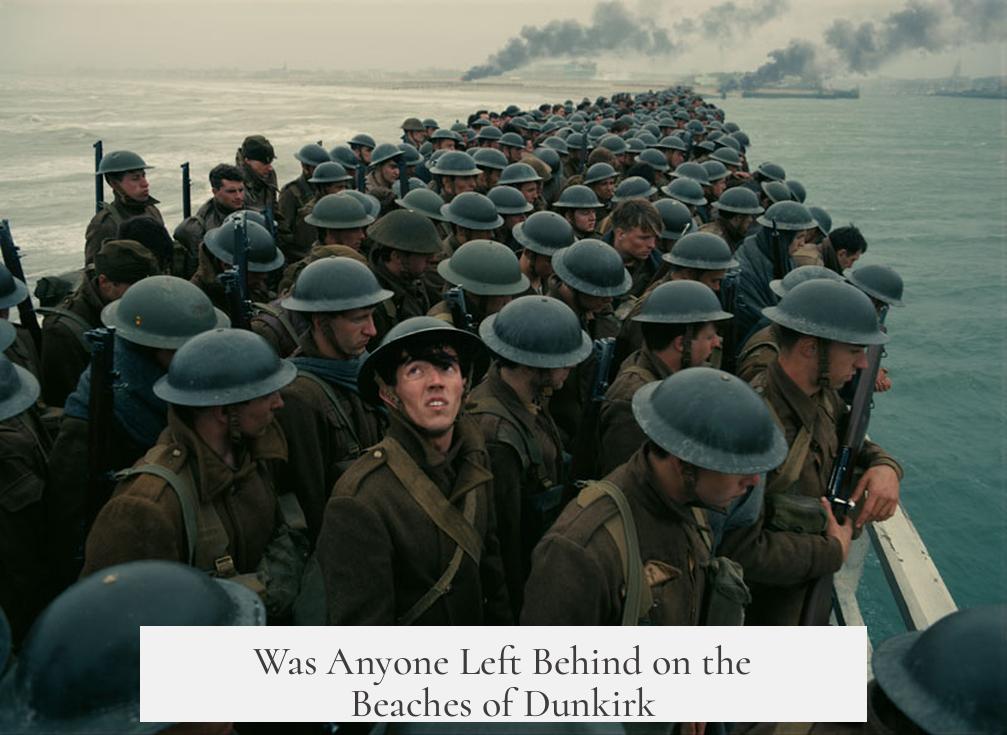
Yes, despite the heroic evacuation, tens of thousands of soldiers were indeed left behind on the beaches of Dunkirk. This isn’t the neat and tidy victory Hollywood might have you believe. While the evacuation saved around 338,000 Allied troops, including British and French soldiers, many others remained trapped—and their stories often go untold.
The evacuation of Dunkirk in 1940 was a mix of stunning success and heartbreaking sacrifice. So, who exactly got left behind? What happened to them? And why is this somber reality less celebrated?
The Forgotten French Soldiers: Thousands Jammed at the Quays
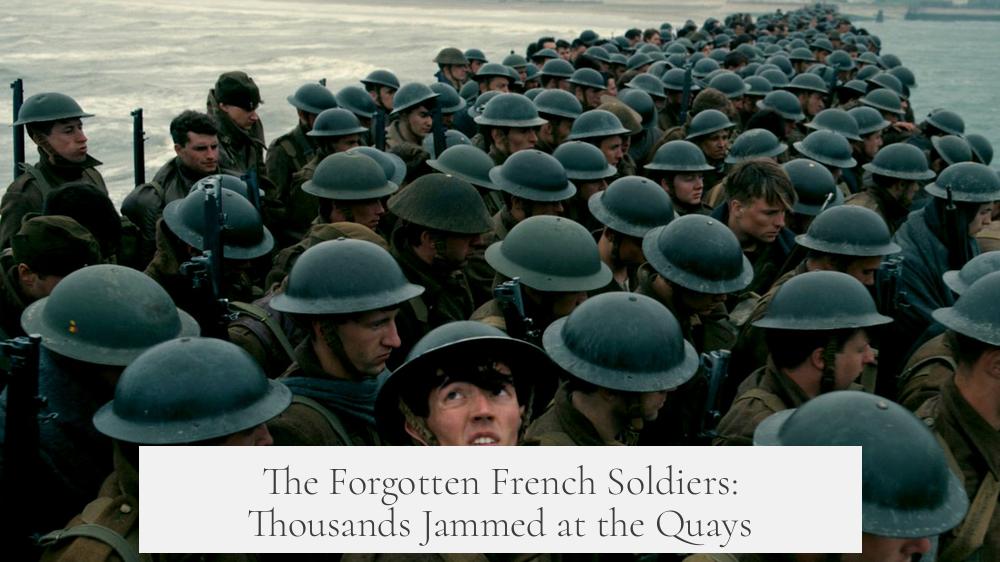
Approximately 30,000 to 40,000 French soldiers never made it off the beaches. Some of these men arrived too late at the harbor to board the rescue vessels. Imagine the scene: tens of thousands packed like sardines at the quays, desperate and exhausted, watching as rescue ships loaded what troops they could.
When the German army finally arrived, they found a sea of French troops still stranded. This mass capture was a bitter contrast to the dramatic rescues and makes you wonder: how did things slip so far out of control?
The Final Days: British and French Rearguard Hold the Line
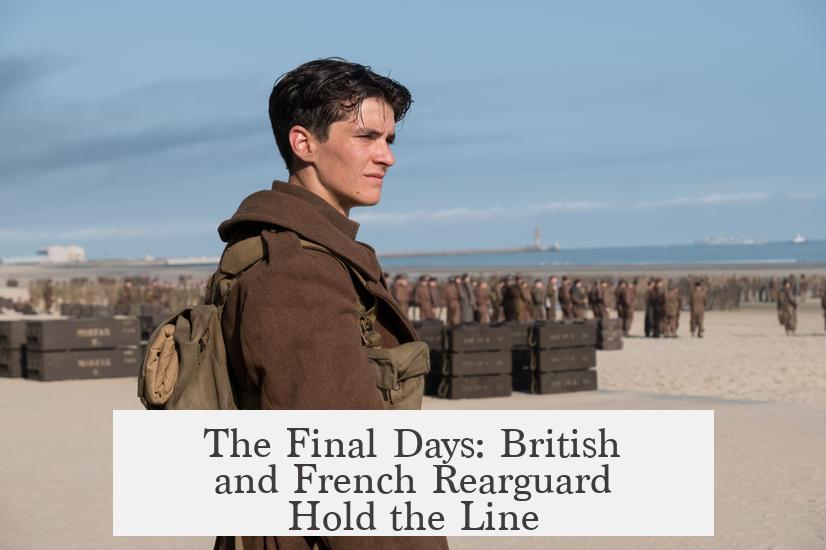
On June 1, the last British soldiers acting as the rearguard fought fiercely to hold off German attacks, buying precious time for evacuation. After intense combat, they retreated to the beaches, shielded by a French intermediate defensive line—a last act of solidarity.
Through June 2 and 3, the evacuation continued under cover of darkness, with many French troops also making it off the beaches. Yet, this last wave was a scramble against time, shells, and the risk of capture.
The June 3–4 Evacuation: A Flawed Plan with Heavy Consequences

Planning for the final evacuation was, frankly, less than ideal. By the night of June 3–4, commanders faced a grim dilemma: German forces were close enough to shell the beaches repeatedly. General Fagalde ordered the troops on the last defensive perimeter to withdraw at specific times, with the final abandonment planned for early June 4.
That night, 26,175 men escaped. But here’s the kicker: the Royal Navy didn’t know how many troops remained for rescue, and the ships available were far too few. The French rearguard had no backup plan if things went south.
As the clock ticked past 2:30 A.M., it became painfully obvious many soldiers wouldn’t get off the beach. Instead of fighting on or calling for another evacuation attempt, these exhausted troops joined the masses waiting for evacuation that would never come. It’s a tragic moment reflecting the chaos and confusion in those final hours.
What Became of the Men Left Behind?
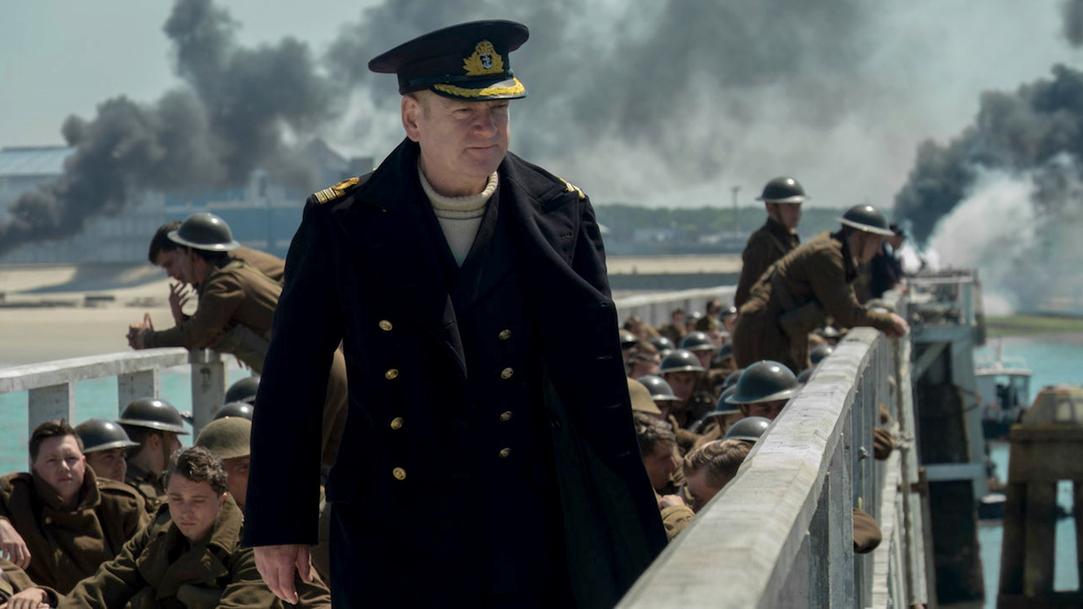
The fate of these “left-behind” soldiers was grim. Many were captured and spent the next five years in German prisoner-of-war camps. In fact, as Sean Longden reveals in Dunkirk: The Men They Left Behind, these men often don’t get the recognition they deserve.
“In post-war parades, they had the fewest medals because they never had the chance to earn them,” Longden writes. Their bravery was overshadowed by captivity.
Their story is a somber reminder that the Dunkirk evacuation, while hailed as a ‘miracle’, had a darker side often omitted from the narrative.
Why Does This Matter Today?

We might ask ourselves, why dwell on those left behind when focusing on the evacuation’s success feels more uplifting? Because real history isn’t just victories wrapped in ribbons and applause. It includes hard truths and human cost. The men captured at Dunkirk endured unimaginable hardship afterward. Their sacrifice and suffering shaped the war’s course as much as those rescued.
Taking a moment to remember those stranded is about honoring every soldier’s experience—not just the headline acts.
Could More Have Been Done?

Hindsight is always 20/20, but the poor planning of the final evacuation suggests more troops could have escaped. For instance, had the rearguard chosen to hold their final line longer and called for another evacuation, some might have survived instead of surrendering.
This sparks an intriguing question: in military crises, when does holding the line become heroic—and when does it turn into a needless sacrifice?
Lessons from Dunkirk’s Untold Stories
Dunkirk teaches us the enormous complexity behind wartime operations and how bravery comes in many forms—including those who hold positions until they can no longer fight, and those who survive captivity’s ordeal.
It also reminds us to question popular narratives and dig deeper, peeling back the glossy version of events. Those 30,000-plus French soldiers left behind, the exhausted rearguard struggling without enough ships, and their years of hardship encapsulate a poignant dynamic of war.
So the next time you hear about Dunkirk’s “miracle,” remember it wasn’t a full escape. Many stories ended on those beaches—quiet, painful, and too often forgotten.
Final Thoughts
The beaches of Dunkirk were the stage for both a great evacuation success and a massive human abandonment, especially among French troops. Thousands were left behind, surrendered, and endured long years as prisoners. Their stories deserve as much attention as the epic rescue.
History isn’t just about who escaped—it’s about who stayed and what they endured. That perspective adds depth, respect, and reality to our understanding of Dunkirk’s dramatic chapter.
Was were any French soldiers left behind at Dunkirk?
Yes, around 30,000 to 40,000 French soldiers were left behind and had to surrender. Some arrived too late to be evacuated and were found jammed in the harbor quays by German forces.
Did the final evacuation successfully rescue all remaining troops?
No, the last evacuation on June 3–4 faced poor planning. The Royal Navy lacked enough ships for all remaining men, and many troops waited despite no ships left to take them off the beach.
Why were some troops unable to escape during the final evacuation?
The final rearguard was underestimated, and evacuation resources were insufficient. Even when it was clear many wouldn’t escape, soldiers stayed with the crowd instead of holding positions or seeking another evacuation chance.
What happened to soldiers captured at Dunkirk?
Captured soldiers endured five years in German POW camps. They rarely received medals after the war due to having no chance to earn them, making their story less discussed in Dunkirk’s history.


